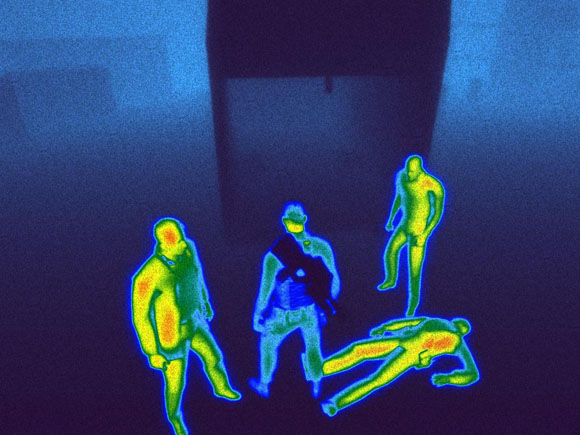
Brent, CDM’s resident game composer, is back with another look at the world of digital music in gaming. And again, gaming gives us a glimpse of what future digital music could be like — namely, permutable. (That’s a word, isn’t it?) -PK
The level of interactivity in today’s game audio continues to grow and expand. While most of us are used to the experience of a specific theme or piece of music associated with a given level or area in a game (e.g. the level 1-1 “Overworld Theme” from Super Mario Bros.), only recently have game composers been afforded the storage space and system-level-support for music that changes based on the (sometimes unpredictable) actions of the player.
A growing trend on this front is what is known as permutative music. Though certain developers may call it by different names, this type of audio implementation essentially remixes the audio tracks on-the-fly based on the actions of the player. The newest version of Splinter Cell, features a very well implemented system of this nature, with a soundtrack composed by electronic virtuoso Amon Tobin.
(Read more)
The soundtrack is now available via the iTunes Music Store, as well as Amazon and perhaps your local music store. Tobin is, after all, one of the underground’s most beloved electronic musicians. What is interesting is that the soundtrack, while certainly able to stand on its own in album format, is distinctly more complex and involved in-game. Gamespot has a great Q&A session with Tobin from earlier this year. It discusses his inspirations and his composition process, but here’s a quick breakdown of what makes the music in Splinter Cell:Chaos Theory unique.
Realizing that the album version of the soundtrack was arranged after the actual composition of the in-game tracks, it is easiest to think of each tune in the sense of its component parts. This is an easy concept to grasp if you’re used to working in a multitracking app such as Logic, Sonar or Live. For each completed song, Tobin has what he calls four “levels” of intensity. In its simplest terms, musicians might think of this as a bass track, a drum track, a pad track and a lead track. The game’s audio engine adds and subtracts layers based on the actions of the player, such that the intensity of the background music will increase as the stress level or action of the player increases. For example, setting off an alarm or being spotted by a security guard will immediately raise the intensity level, and the music will intensify accordingly. Thus, the music becomes much more intimately tied to the actions of the player.
These types of changes aren’t easily described verbally, nor is the depth and complexity of the in-game score properly reflected in the (static) album version of the game’s soundtrack. But performing musicians are certainly familar with the concepts at work here. Ableton Live’s ‘session’ interface, for example, provides a nearly ideal method of testing out this type of ‘permutative’ development, allowing you to mute/unmute, solo, and bring tracks, loops and samples in on the fly. It certainly makes the case for how useful this application (or those like it) might be in a game-scoring scenario.
Do you use concepts like permutation in your compsitions? What tools work well for you? This is clearly a growing trend – both for interactive games and interactive audio as a whole – so we’d love to hear your thoughts and ideas.